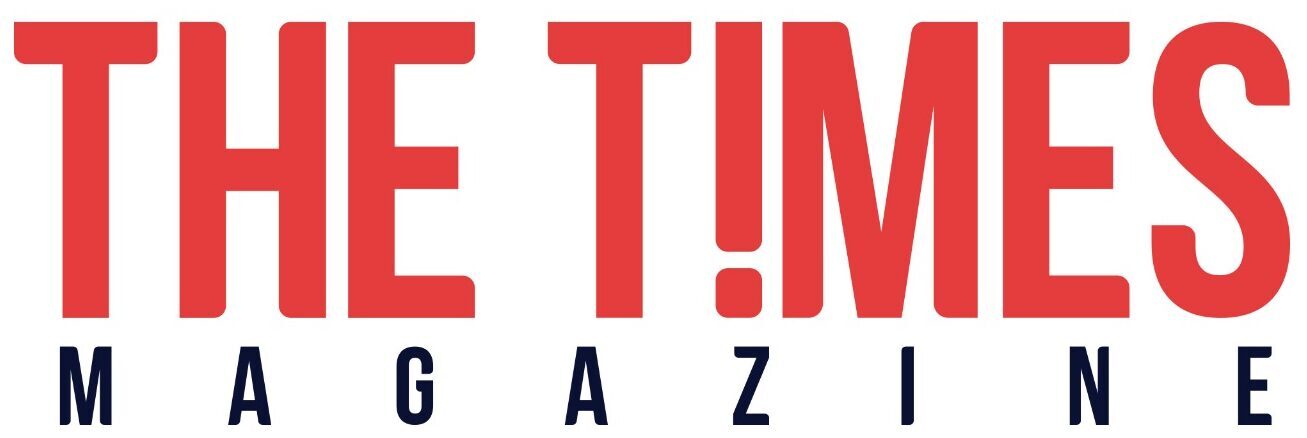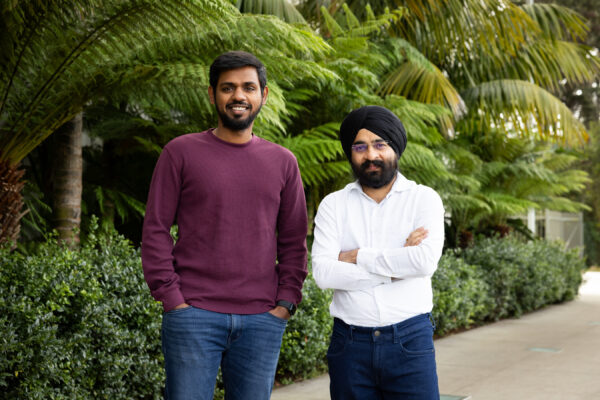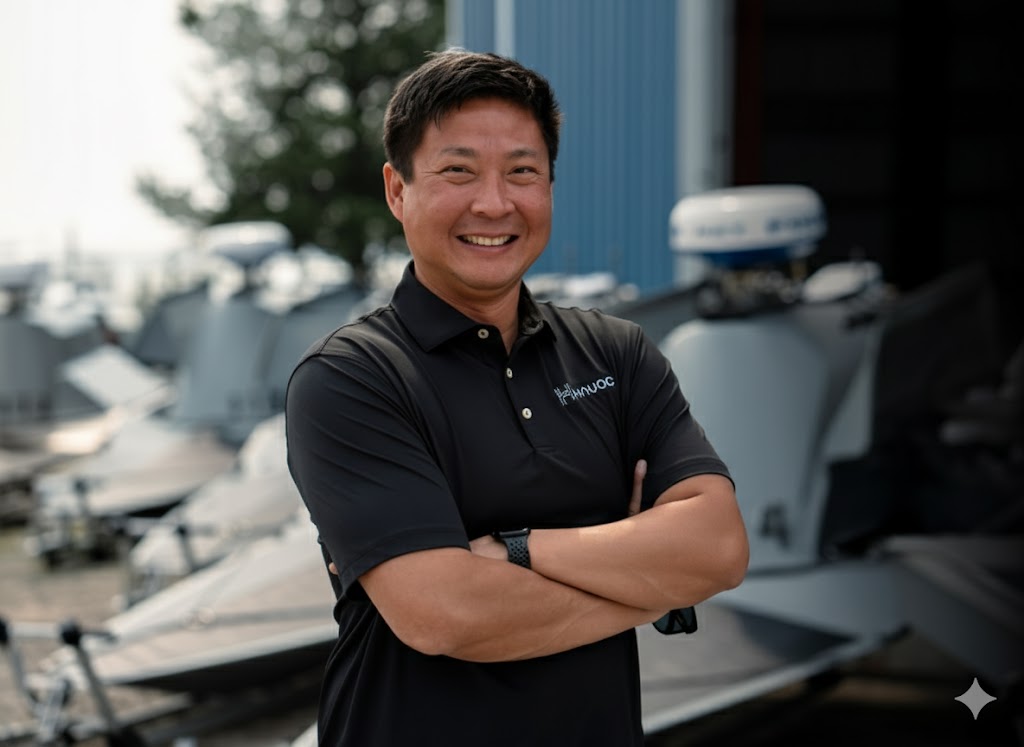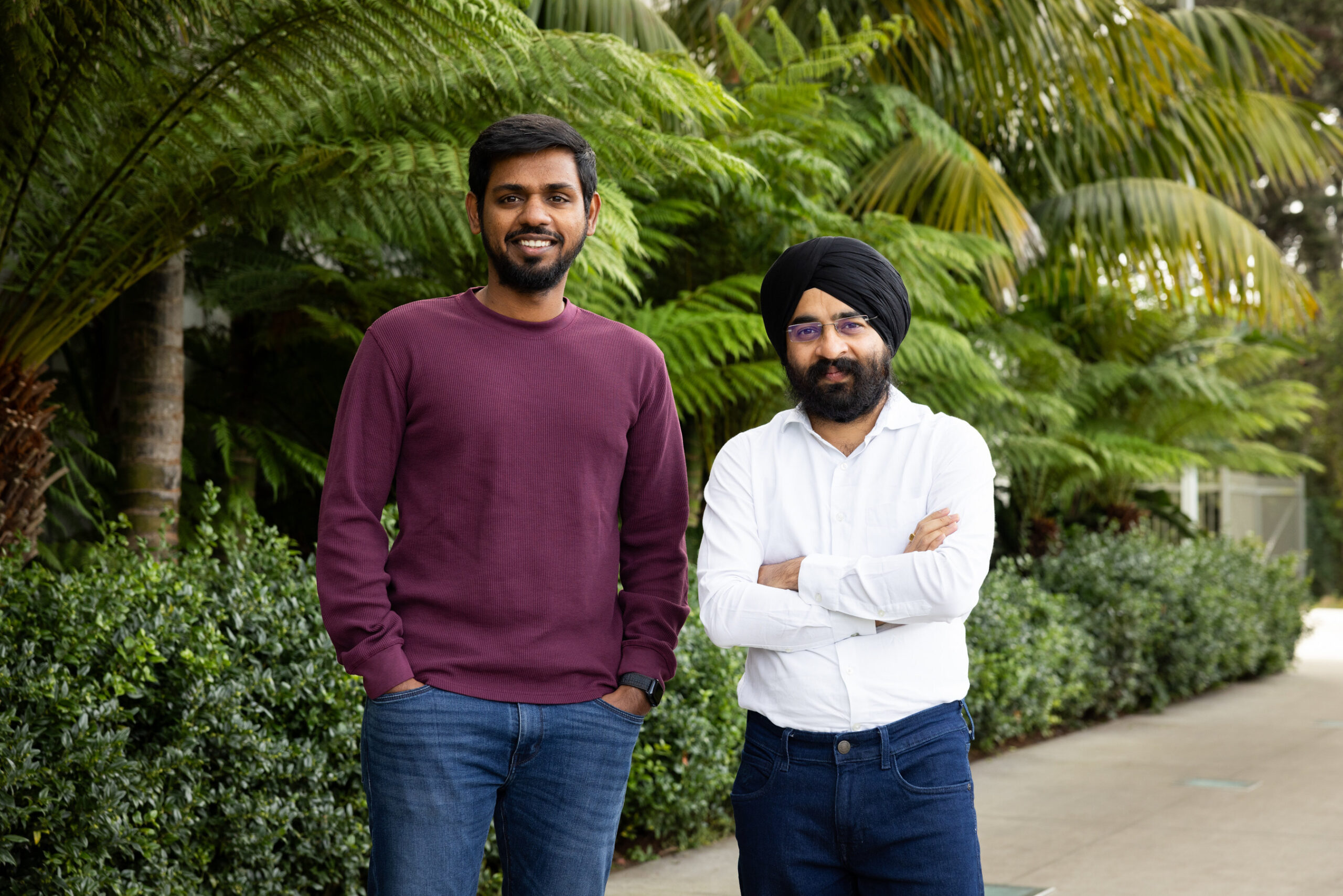In just eighteen months of operations, HavocAI has achieved what few defense-tech startups can: securing $85 million in new funding to accelerate the deployment of its autonomous maritime systems. The raise brings the company’s total capital to nearly $100 million, a rare milestone in a sector traditionally dominated by slow-moving incumbents and extended procurement cycles.
This fresh round attracted a strategically diverse group of backers, including B Capital, In‑Q‑Tel, Lockheed Martin, Hanwha, Taiwania, Vanderbilt University, Up Partners, Island Green Capital, and Zero Infinity Partners. Scout Ventures and Outlander Ventures, both early supporters, returned with continued investment. The round closed at a notable valuation increase, signaling investor confidence not only in HavocAI’s product suite but in its ability to deliver operational systems at scale.
Scaling Systems, Expanding Theater
The capital will support HavocAI’s expansion on three primary fronts:
Platform Expansion:
HavocAI plans to move beyond its current fleet of 14′, 38′, 42′, and 100′ vessels by integrating its autonomy stack into a wider range of vessel classes. This approach increases platform interoperability and mission flexibility across defense applications.Production at Scale:
With the U.S. military signaling growing demand for autonomous naval assets, the funding will help HavocAI ramp up its manufacturing capacity — with the goal of deploying thousands of ready-for-duty autonomous vessels in near timeframes.Global Support & Partnerships:
As geopolitical focus intensifies in the Indo-Pacific and other strategic regions, HavocAI intends to expand operations and strengthen partnerships with international allies. Investors with regional expertise, such as Taiwania, are expected to play a critical role in facilitating these initiatives.
“This funding represents far more than just capital – it has enabled us to cut through the noise about maritime autonomy and build a collaborative autonomy stack that actually works in a very short time,” said Paul Lwin, CEO and co-founder. “We’ve put two new boats in the water this year, and we’re going to add two more before the year is over, including our 100′ Atlas multi-mission vessel. Our swarming autonomy accomplishes priority missions today, not at an unknown point in the future. This technology is needed right now.”
Building Autonomy That Scales
HavocAI has adopted a software-first strategy in a traditionally hardware-heavy industry. The core thesis: advanced autonomy software can unlock fleet-level capabilities by enabling self-organizing behavior across diverse vessel types, many of which are built by third-party manufacturers.
This modular approach avoids the capital drag of building ships from scratch, allowing HavocAI to remain nimble while expanding its reach through collaborations. The company’s stack — spanning onboard autonomy systems, fleet management software, and resilient communications infrastructure — has already been demonstrated across multiple platforms and environments.
Howard Morgan, Chairman and General Partner at B Capital, highlighted the company’s blend of innovation and execution:
“HavocAI represents exactly the kind of company we look for — one that combines cutting-edge technology with the proven ability to sell and execute. Their ability to demonstrate functional autonomous systems at scale sets them apart as the clear market leader in this critical technology area.”
The company claims to have delivered more than thirty operational systems to U.S. military customers and has performed live demonstrations for the Navy and Army. Its fleet includes four named vessels — the 14′ Rampage, 38′ Seahound, 42′ Kiakoa, and the 100′ Atlas — each designed to fulfill distinct mission profiles, from reconnaissance to logistics and beyond.
Editorial Insight: A Startup Thinking Like a Defense Prime
HavocAI’s rapid rise is a case study in how nimble startups can thrive in the traditionally slow-moving defense sector — not by outspending incumbents, but by outmaneuvering them with adaptable tech, strategic partnerships, and a tight focus on deployment-readiness.
The firm’s ability to deliver functional systems to military users in under two years is an outlier in a domain where multi-year R&D cycles are the norm. More significantly, it positions itself not just as a product vendor but as a systems integrator — embedding into the workflows, mission planning, and operational doctrine of its customers.
International interest, particularly from Indo-Pacific players, reflects growing recognition that control of the seas will depend increasingly on distributed, autonomous fleets that are agile, responsive, and cost-effective. HavocAI’s tech architecture — decentralized, resilient, and cloud-connected — speaks directly to that need.
The next phase will test its ability to scale operations without compromising reliability. In the defense world, success is rarely about first-to-market — it’s about first to deploy, first to integrate, and first to last. HavocAI, so far, seems to understand all three.
If you need further assistance or have any corrections, please reach out to editor@thetimesmag.com.











